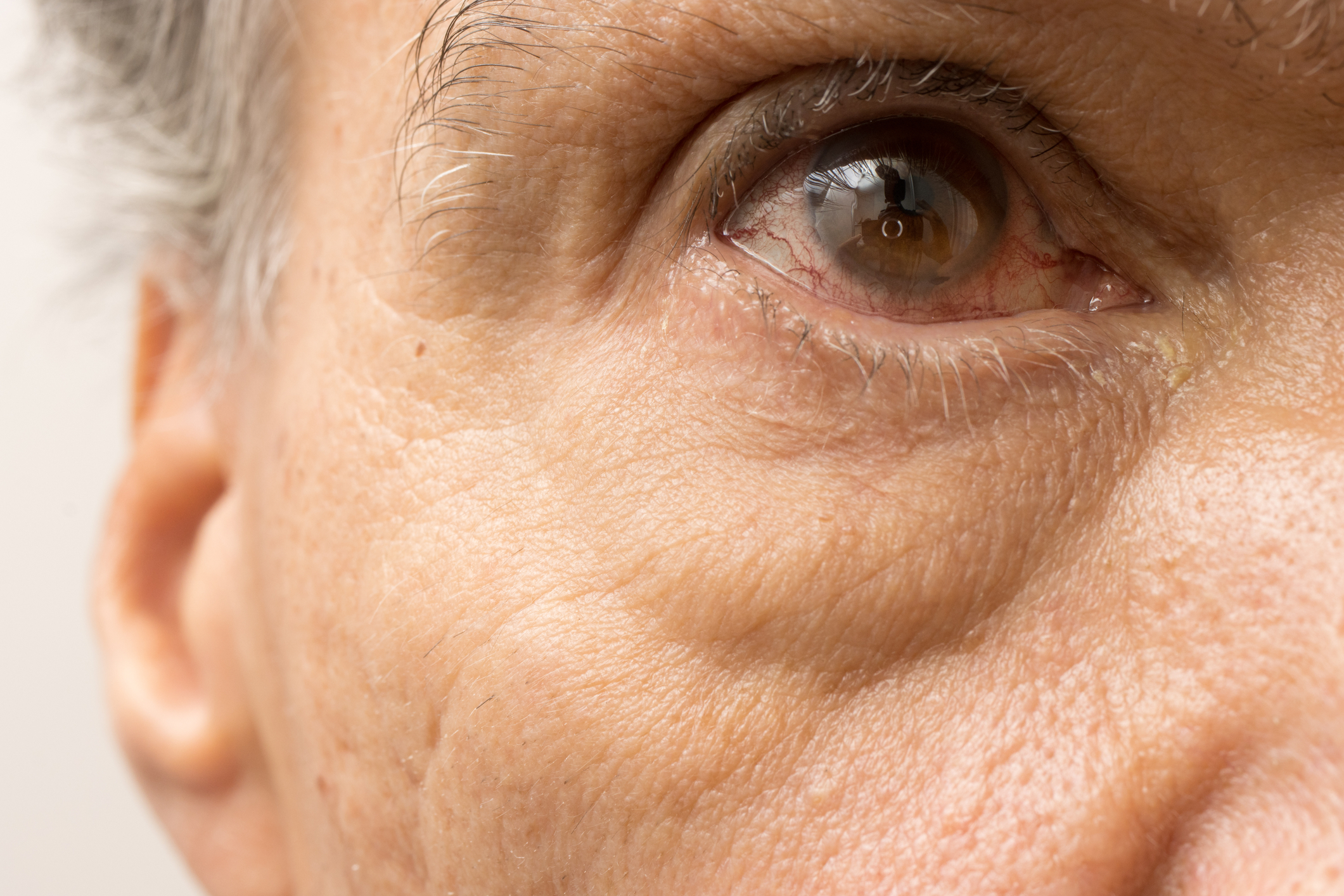What to Expect After Eylea Injection: A Comprehensive Guide
Eylea (aflibercept) is a prescription medication used to treat various eye conditions, including age-related macular degeneration (AMD), diabetic macular edema, and macular edema following retinal vein occlusion. Administered as an injection into the eye, Eylea works by blocking the activity of proteins that promote abnormal blood vessel growth in the eye, which can lead to vision loss. While Eylea is effective in preserving vision, it's important to be aware of its potential side effects.
Common Side Effects of Eylea

Many patients tolerate Eylea well, but like all medications, it can cause side effects. Some of the more common side effects are typically mild and temporary.
- Eye Pain and Discomfort: Since Eylea is injected directly into the eye, some degree of eye pain, redness, or discomfort is common immediately following the injection. This usually subsides within a day or two.
- Floaters: Floaters are small, shadowy spots that appear in your field of vision. They are a common occurrence after an eye injection and are generally harmless. However, if they persist or worsen, it's important to inform your healthcare provider.
- Blurred Vision: Temporary blurred vision may occur shortly after the injection, but this typically resolves within a few hours to days.
- Increased Eye Pressure: Eylea can temporarily increase the pressure inside the eye, known as intraocular pressure (IOP). This is usually monitored by your eye doctor and typically returns to normal on its own.
Serious Side Effects of Eylea

While rare, some side effects of Eylea can be more serious and require immediate medical attention.
- Endophthalmitis: This is a serious eye infection that can occur after an injection. Symptoms include severe eye pain, increased redness, swelling, vision changes, and sensitivity to light. If you experience these symptoms, seek medical care immediately, as endophthalmitis can lead to permanent vision loss if not treated promptly.
- Retinal Detachment: A retinal detachment occurs when the retina pulls away from the back of the eye. Symptoms include a sudden increase in floaters, flashes of light, or a shadow over part of your vision. This is a medical emergency requiring prompt treatment to prevent permanent vision loss.
- Cataracts: Although rare, cataracts can form or worsen after Eylea injections. Symptoms include blurred vision, glare, and difficulty seeing at night.
- Serious Allergic Reactions: While extremely rare, serious allergic reactions such as difficulty breathing, swelling of the face or throat, or severe rash can occur. If you experience these symptoms, seek emergency medical help.
Managing Eylea Side Effects

Managing the side effects of Eylea involves working closely with your eye doctor. Here are some tips:
- Monitor Your Symptoms: Keep track of any changes in your vision or eye comfort and report them to your doctor.
- Attend All Follow-Up Appointments: Regular eye exams are crucial for monitoring the health of your eyes and the effectiveness of Eylea.
- Follow Post-Injection Care Instructions: Your doctor will provide guidelines for caring for your eye after an injection, such as using antibiotic drops or avoiding certain activities.
Increased Sensitivity in Older Adults

As people age, the body's response to medications can change due to physiological factors like decreased kidney function, changes in body composition, and alterations in drug metabolism. This increased sensitivity may affect how older adults tolerate Eylea, potentially making them more susceptible to both common and serious side effects. For instance, the healing process after an injection might be slower, and symptoms such as eye pain or discomfort could linger longer compared to younger patients.
Impact of Age on Vision and Recovery

Aging can also affect the overall resilience and health of the eyes, making them more vulnerable to complications like retinal detachment or endophthalmitis. Additionally, the presence of age-related conditions like cataracts might complicate the assessment of side effects, as some symptoms—such as blurred vision—can overlap between the conditions being treated and the side effects of the medication.
If you experience any symptoms of serious side effects, such as severe eye pain, vision changes, or signs of infection, contact your doctor immediately. Early intervention can prevent complications and help protect your vision.